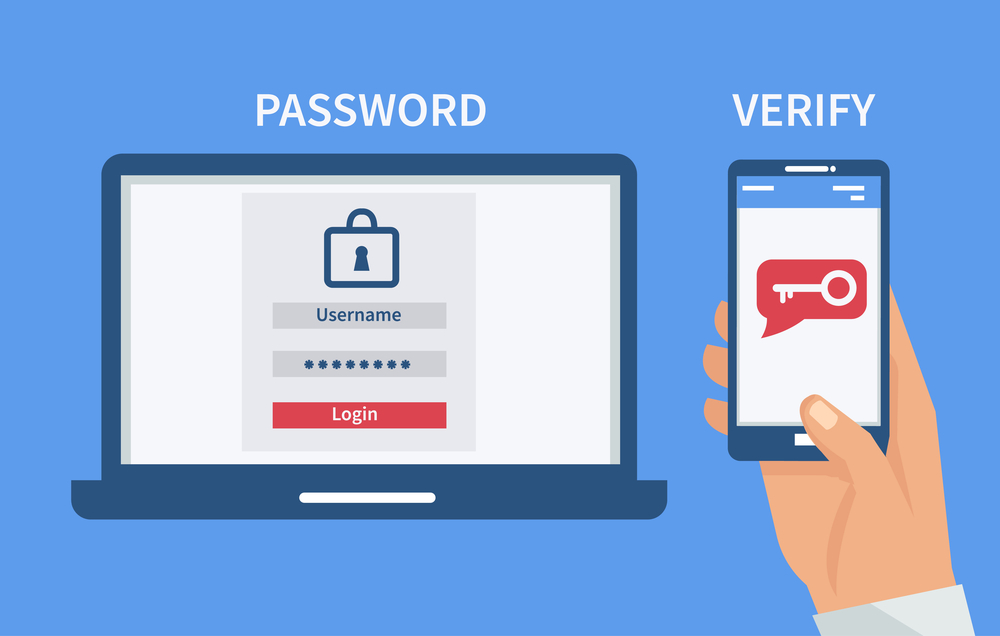How can I implement 2FA for my Web Application
Does your ASP.NET Application in need for a 2FA (Two Factor Authentication) or MFA (Multi Factor Authentication) to secure access to your app frontend and backend? These 8 steps are your roadmap to implementing a successful 2FA based Authentication.
Jun 15, 2023

To add two-factor authentication (2FA) to an ASP.NET Web Application, you can follow these general steps:
- Choose a 2FA Method: Determine the 2FA method you want to implement. Common methods include SMS-based verification codes, email-based codes, authenticator apps (like Microsoft Authenticator or Google Authenticator), or hardware tokens.
- Set Up the 2FA Provider: Select a 2FA provider or library that integrates with ASP.NET. Some popular options include Google Authenticator, Twilio, Authy, DUO, and Microsoft Authenticator. Follow the provider's documentation to set up an account and obtain the necessary credentials (API keys, tokens, etc.).
- Configure ASP.NET Identity: If you're using ASP.NET Identity for user management, you need to extend the default identity system to support 2FA. You'll typically need to modify the user model to add fields for 2FA (e.g., PhoneNumber, TwoFactorEnabled), update the database schema, and configure Identity to use the appropriate 2FA options.
- Enable 2FA for Users: Provide a user interface (UI) for users to enable and manage 2FA. This UI should allow users to associate their account with a 2FA device (e.g., phone number, email address) and configure the preferred 2FA method. Make sure to validate and securely store the user's 2FA information.
- Generate and Verify Codes: Implement the code generation and verification logic. For SMS or email-based 2FA, you'll need to send verification codes to the user's registered device. For authenticator apps, you'll generate time-based one-time passwords (TOTPs) that can be validated using the app.
- Verify 2FA: When a user attempts to log in, prompt them to enter the verification code generated by their 2FA device. Validate the code against the user's stored 2FA information. If the code is correct, grant access; otherwise, deny access.
- Recovery and Backup Codes: Consider implementing recovery or backup codes that users can use if they lose access to their 2FA device. These codes should be generated and securely stored, allowing users to bypass 2FA temporarily.
- Test and Monitor: Thoroughly test your implementation to ensure it functions correctly and securely. Monitor the system for any issues or vulnerabilities and apply necessary updates or patches as needed.
Remember, security is crucial when implementing 2FA. Take steps to protect sensitive user information, use secure communication channels, and follow best practices to safeguard against common attacks (e.g., brute-force attacks, account enumeration).
Reach out to us at Visus if you would like help with the implementation or have Architecture needs at the early stage before jumping into the implementation for your web site 2FA authentication.
About the Author

Lino is the CTO at Visus LLC and a distinguished executive leader and renowned technical expert in AI, Machine Learning, and IoT. Leads cross-functional architectural teams to award-winning performance by developing strategic roadmaps and powering enterprise-wide projects. Serves as board member and advisor for multiple corporations delivering strategic guidance on product line developments and business solutions. Industry influencer and mastermind of strategic programs and innovations leading modernization efforts to alter the global IT landscape as a Microsoft Regional Director.
Begin Your Success Story